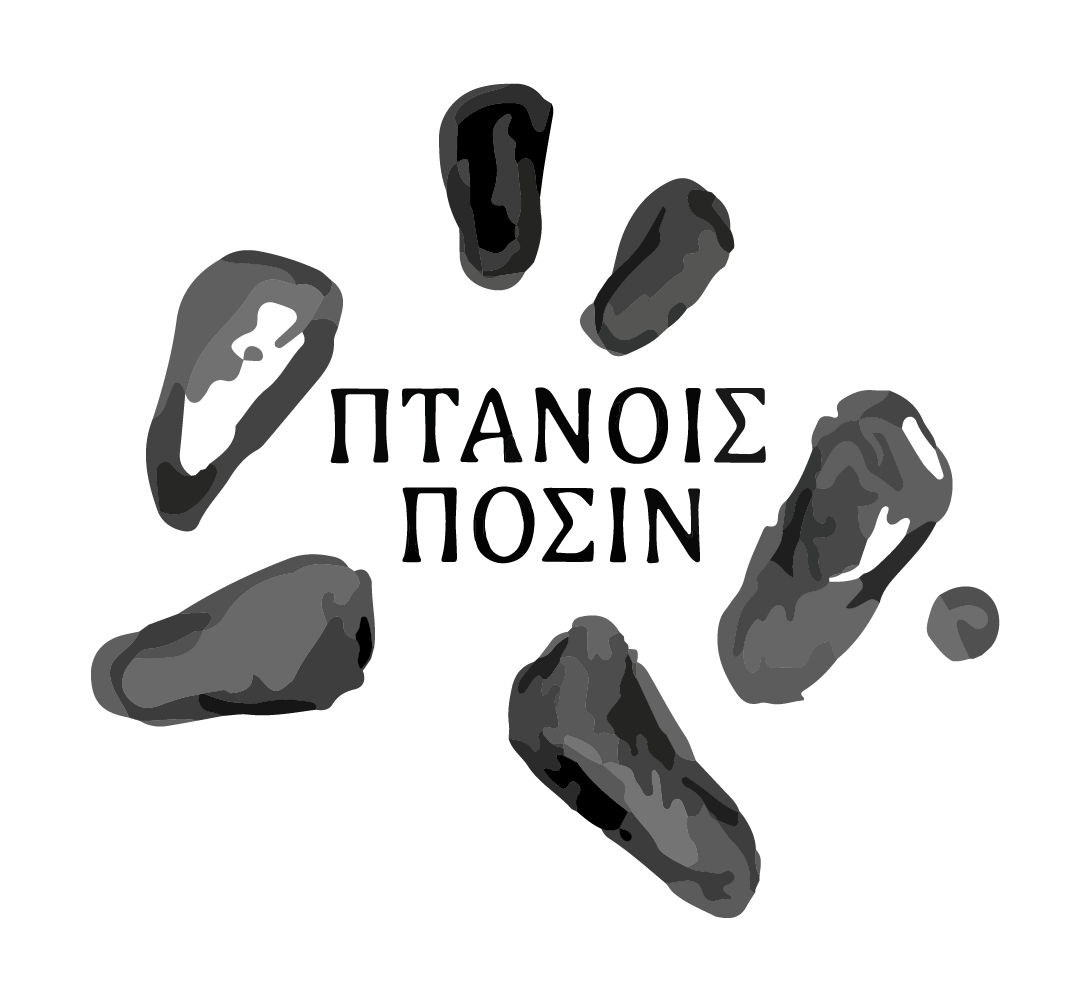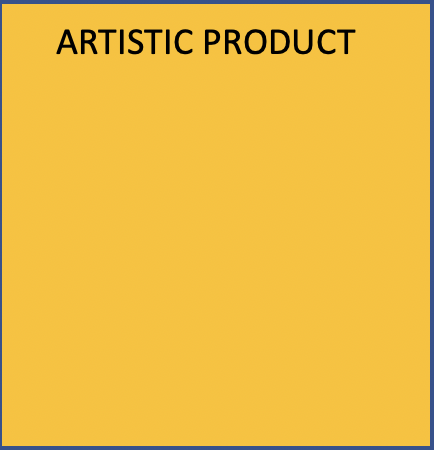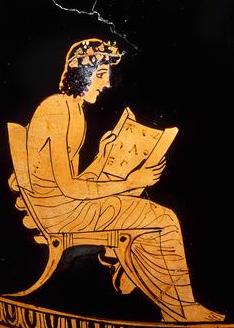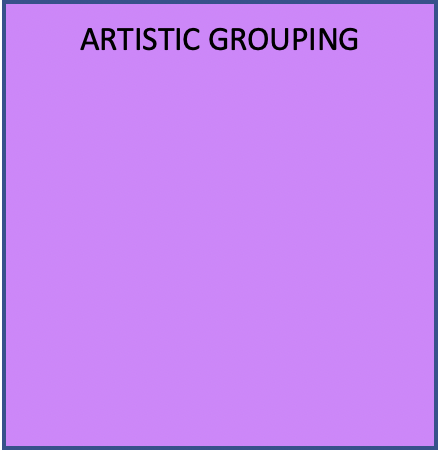FD III 1, 400
Aristoteles from Stagira, the son of Nikomachos, and Kallisthenes from Olinthos, son of Damotimos: authors of the pythionikai catalogues for the Delphians
Date:
ante 329 BC
Edition:
[ἐπεὶ]
[Ἀριστοτέλης Νικο-]
[μάχου Σταγιρίτης]
[καὶ Καλλισθένης Δ-]
5 [αμοτίμου Ὀλύνθιο-]
[ς συ]νέ[ταξαν πίνακ-]
[α] τῶν ἀ[πὸ Γυλίδα νεν-]
ικηκ[ότ]ων τὰ [Πύθια]
καὶ τῶν ἐξ ἀρ[χῆς τὸ]
10 ν ἀγώνα κατασκ[ευα-]
σάντων, ἐπαινέ[σαι]
Ἀριστοτέλην κα[ὶ Κ]
αλ[λι]σθένην καὶ [στ]
εφανῶσαι· ἀνα[θεῖν-]
15 αι δὲ τὸν πίν[ακα το-]
ὺς ταμί[ας ἐν τῶι ἱε-]
[ρῶ]ι με[ταγεγραμμέ]
νο[ν εἰς στήλας …]
Translations (en):
“Since Aristoteles from Stagira, the son of Nikomachos, and Kallisthenes from Olinthos, son of Damotimos, brought to completion a pinax of the winners of the Pythia starting from Gylidas and those who organized the competition in the first place, may Aristoteles and Kallisthenes be praised and crowned on account of their dedication in the sanctuary of the table of victories, that was rewritten on a stele.”
Translations (it):
“Poiché Aristotele di Stagira figlio di Nikomachos e Callistene di Olinto figlio di Damotimos approntarono una tavola dei vincitori dei Pythia a partire da Gylidas e di coloro che organizzarono l’agone dal principio, si lodino Aristotele e Callistene e si incoronino per aver dedicato nel santuario la tavola delle vittorie, che è stata riscritta su stele.”
Commentary (en):
Aristotle and his nephew Callisthenes were rewarded by the Delphians for bringing to completion the πίναξ published on a stele regarding the victors of the musical and athletic contests of the Pythia from the foundation of the festival. The work -certainly not a simple catalogue of names and dates- included excursus and sections of the history of the festival. The date of this decree is uncertain but, since the Delphian accounts of the years 331-329 document the Πυθιονίκαι, the catalogue should be dated to an earlier period. Plutarch attests to the realization of the work, which he defines as Πυθιονικῶν ἀναγραφή (Plut., Sol. 11, 1-2). As for Kallisthenes, the only information about his participation to this endeavor consists in this decree as literary sources assign the πίναξ to Aristotle alone.
Commentary (it):
Aristotele e suo nipote Callistene furono onorati dai Delfi per aver compilato un πίναξ pubblicato su stele dei vincitori dei concorsi atletici e musicali dei Pythia fin dall’arcontato di Gylidas (590 a. C.), cioè dalla fondazione degli agoni. Lungi dall’essere un semplice catalogo di nomi e date, l’opera includeva anche sezioni sulla storia dei giochi. La datazione di questo documento epigrafico è incerta ma poiché i rendiconti tra gli anni 331 e 329 a.C. attestano la realizzazione dei Πυθιονίκαι, esso dovrebbe essere immediatamente precedente. Anche Plutarco dà notizia della realizzazione dell’opera, definendola Πυθιονικῶν ἀναγραφή (Plut., Sol. 11, 1-2). Riguardo a Callistene, l’unica notizia che attesta la sua partecipazione alla stesura del πίναξ dei vincitori pitici è questo decreto, poiché le fonti letterarie attribuiscono unicamente la redazione del catalogo alla mano di Aristotele.



